The Ecumenical Patriarchate is dedicated to peacefully resolving all religious freedom and property rights issues in cooperation with the local authorities, whether in Athens or Ankara. False reporting jeopardizes our progress in securing additional property rights and religious freedom and especially liberating Mount Athos. -Archon Elias Damianakis Nestled within the serene and secluded landscapes of Mount Athos, the Esphigmenou Monastery stands as a bastion of ancient Orthodox Christian tradition. Under the direct spiritual jurisdiction of the Ecumenical Patriarchate, this monastic community has been a spiritual haven for centuries, attracting pilgrims and seekers of divine wisdom from across the globe. However, in recent years, Esphigmenou has become a focal point of controversy and conflict, primarily due to its occupation by a group of defrocked schismatic individuals masquerading as monks of the mainstream old-calendar Orthodox Church. This situation has not only ecclesiastic and theological implications but also legal and political ones, particularly concerning the crucial role of the Greek government in protecting this historic institution. You, honorable Archons, understand better than anyone that the office and title of archon represent a Cross of responsibility, a confession of faith, a devotion, a call to vigilance.
The Historical and Spiritual Significance of Esphigmenou Monastery Founded in the 10th century, Esphigmenou Monastery is one of the 20 Patriarchal and Stavropegial monasteries on the Athonite Peninsula, a unique monastic republic with a rich history of Orthodox Christian monasticism. With its long history of strict adherence to traditional monastic practices, the monastery is a guardian of Orthodox spirituality. Its ancient libraries, housing priceless manuscripts and icons, contribute to its status as a treasure trove of religious heritage, inspiring awe and respect in all who learn of its history. The Rift and Occupation In the early 1970s, during a generally arduous time for Orthodoxy universally, including the invasion of Northern Cyprus, the closing of the Halki Theological School, the Junta takeover in Greece, and continued protests looming after the mutual lifting of ex-communication in Jerusalem, a significant rupture emerged on the Holy Mountain. A faction of monks at Esphigmenou rejected the Orthodox Church's ecumenical efforts, particularly reproaching those to foster dialogue with the Roman Catholic Church. These protesting monks were soon joined by noncanonical schismatic men claiming to be Orthodox monks who accused the Ecumenical Patriarchate of compromising Orthodox dogma and severed the commemoration of His All Holiness. This infiltration of schismatics led to their formal defrocking by the mainstream Orthodox Church. The squatters are not recognized by any authority governing the Holy Mountain: The Ecumenical Patriarchate, the Holy Mountain, the government of Greece, or any canonical autocephalous Orthodox church. Despite repeated efforts by the Church to resolve the issue, the squatters, who claim to be monks and openly denounce the Orthodox Church, have continued to occupy the monastery. This occupation has been marked by tension and occasional clashes, as the monks refuse to recognize the authority of the Ecumenical Patriarchate, the Holy Epistasia of Mount Athos, or the Greek State. Greece's Responsibility and Protection The unique status of Mount Athos as an autonomous monastic state under Greek sovereignty places a particular responsibility on the Greek government. According to the special constitutional status granted to Mount Athos, the Greek state is tasked with protecting the monastic republic and its traditions while respecting its autonomy. The situation at Esphigmenou has tested the fortitude of the Greek government, and they are failing to fulfill the oath and the rule of law. The Greek government has rightfully faced criticism for its poor handling of the squatter’s occupation. On the one hand, there is an obligation to uphold the law and the decisions of the Orthodox Church and the Greek Constitution. On the other, there is the need to avoid heavy-handed measures that could lead to violence and further propaganda. Efforts to mediate and reach a peaceful resolution have been unsuccessful, leading to a protracted standoff. The Greek Government allows illegitimate squatters to remain in occupation of the Holy Patriarchal and Stavropegial Monastery. More images from the 4th International Archon Conference The Path Forward Resolving the crisis at Esphigmenou requires a nuanced approach that respects the monastery's spiritual authority while upholding legal and ecclesiastical order. Dialogue and mediation have been prioritized, involving the Greek government, the Ecumenical Patriarchate, Mount Athos’ administrative body, local courts in Thessaloniki, and various international bodies. The goal is to liberate Esphigmenou: to liberate Mount Athos, an obligation of the Greek government. This liberation honors the agreement and commitment of the Hellenic Republic to the Holy Mountain’s traditions and ensures their preservation for future generations. In conclusion, the Esphigmenou Monastery stands at a crossroads between its venerable past and a contentious present. The Greek government and the broader Orthodox Christian community are responsible for protecting and resolving this conflict. There is hope that Esphigmenou can continue to be a beacon of Orthodox faith and spirituality. Liberate Mount Athos!
According to Article 105, paragraph 2 of the Greek Constitution, to enter Mount Athos, a permit called “diamonitirion” from Karyes – Mount Athos’ capital – is required. This permit is issued by the Holy Superintendency or “Ierà Epistasìa” (Ιερά Επιστασία) – which is a permanent body that exercises executive power – that determines its duration and gives the right to someone to move within the peninsula and seek hospitality from the monasteries. However, non-Greek citizens must obtain a permit from the Ministry of Foreign Affairs in Athens or Thessaloniki.
Comments are closed.
|
Most Popular Posts
Archives
October 2024
Categories
All
Αγιογράφος
Ηλίας Δαμιανάκης Άρχων Μαΐστωρ της Μεγάλης του Χριστού Εκκλησίας AuthorBy the Grace of God Archon Elias Damianakis has ministered in the study of Holy Iconography since 1980. In his biography you can read about Elias' life and on his portfolio page you can see where he has rendered some of his hand painted iconography or visit the photo galleries to see some of his work. There is a complete list of featured articles, awards and testimonials which you can visit, as well as a list of notable achievements here below. Please contact Elias for more information or suggestions for this website, thank you and God Bless. |
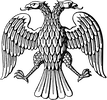













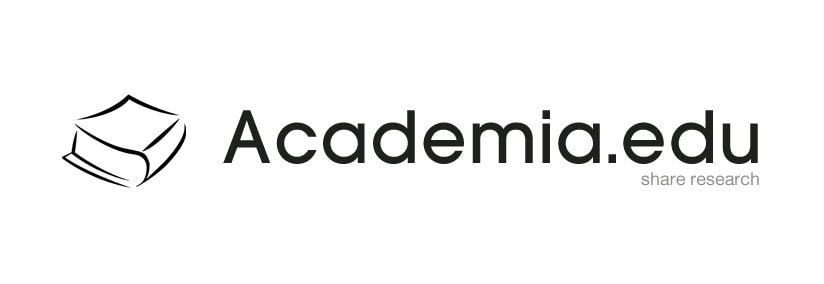
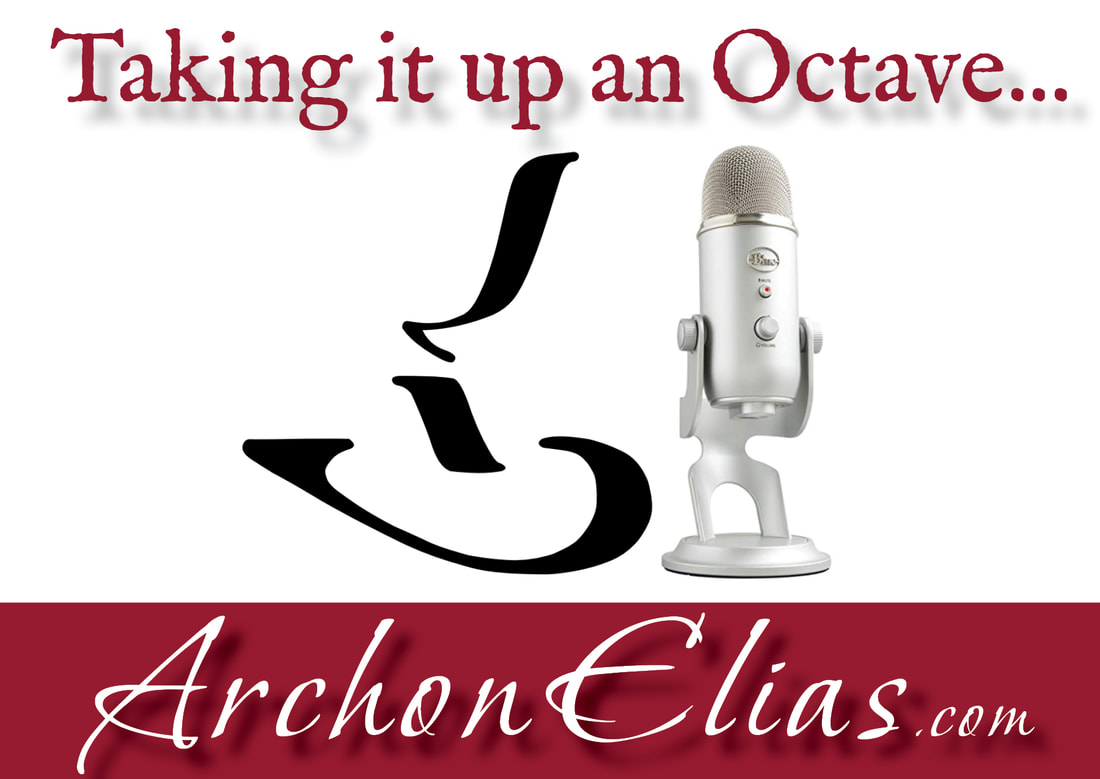
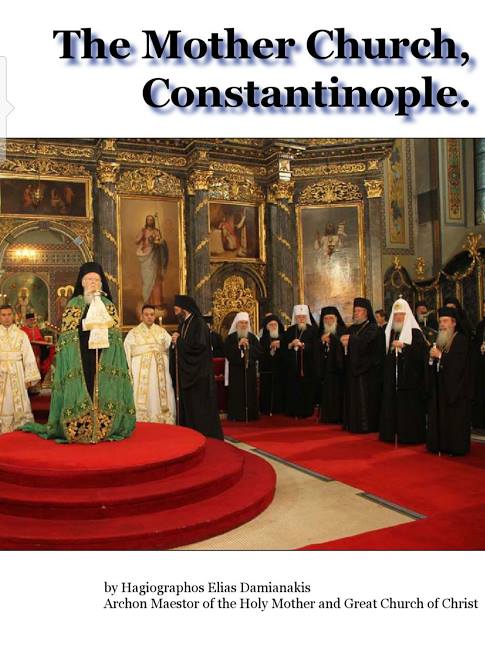


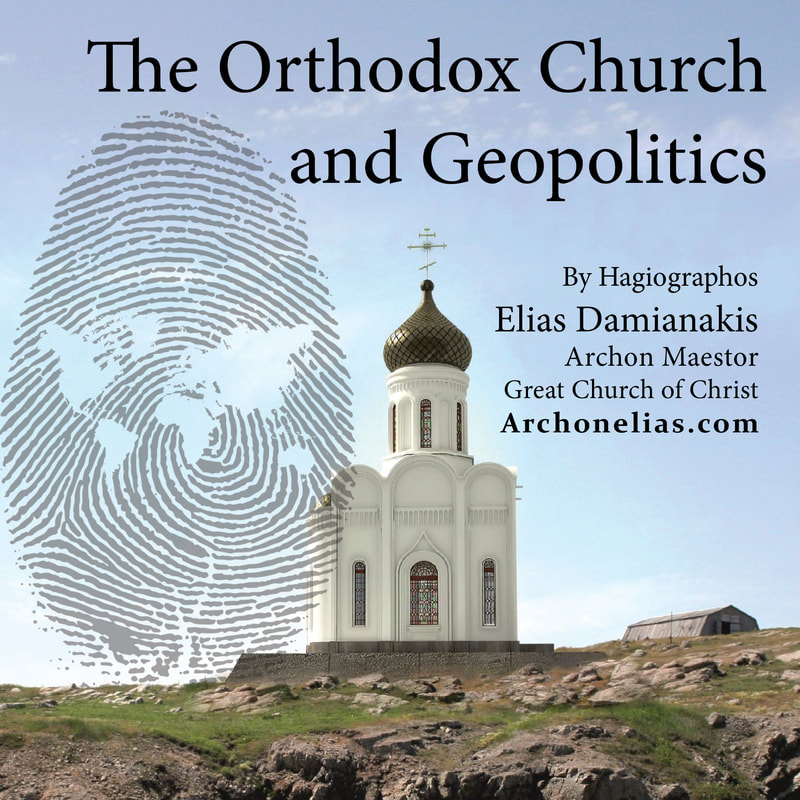
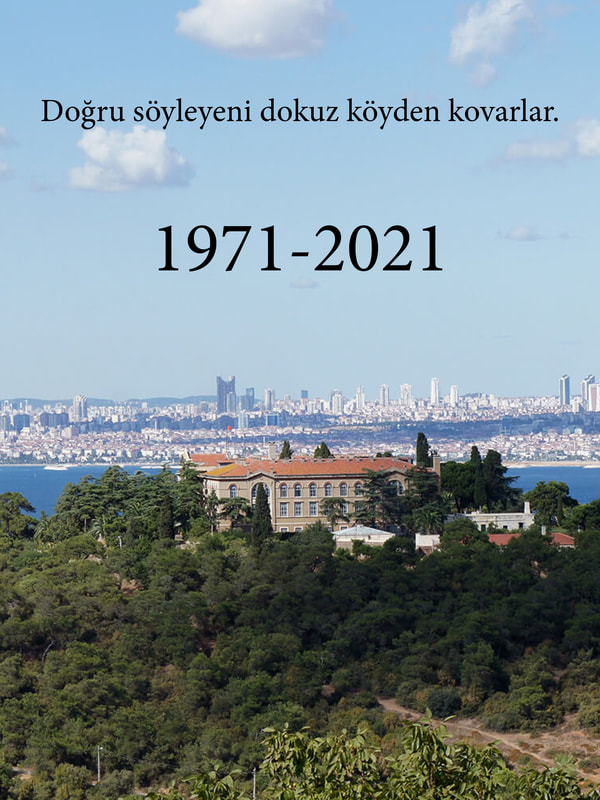
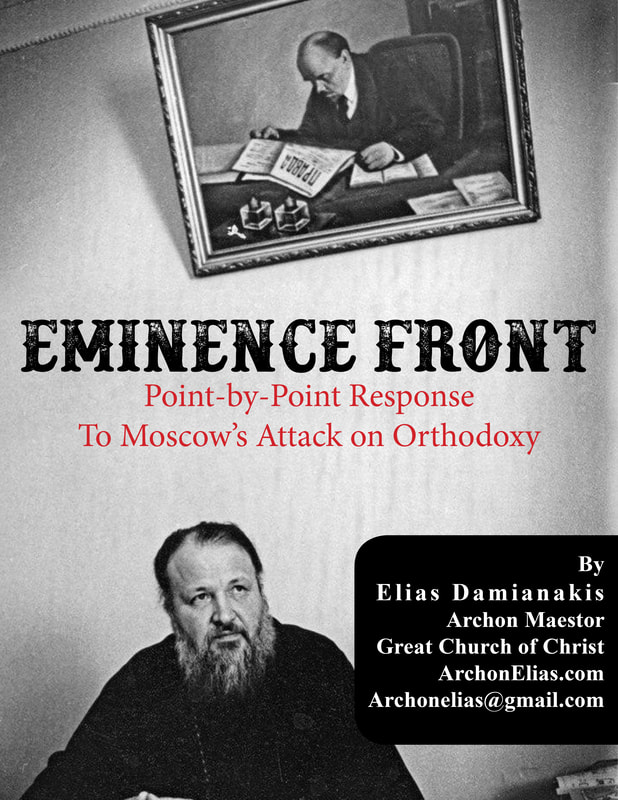

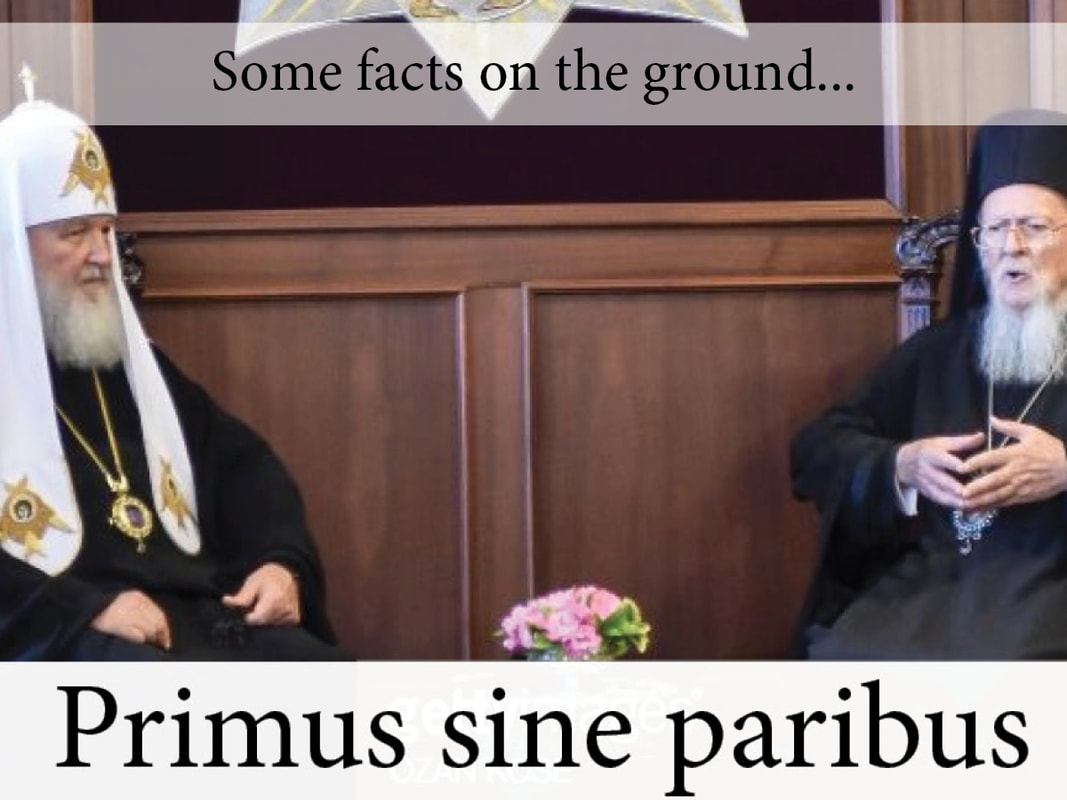
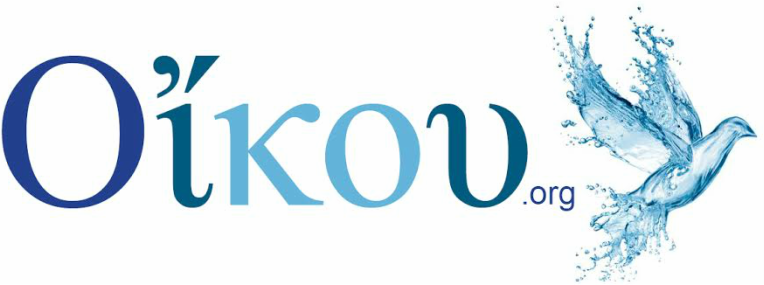
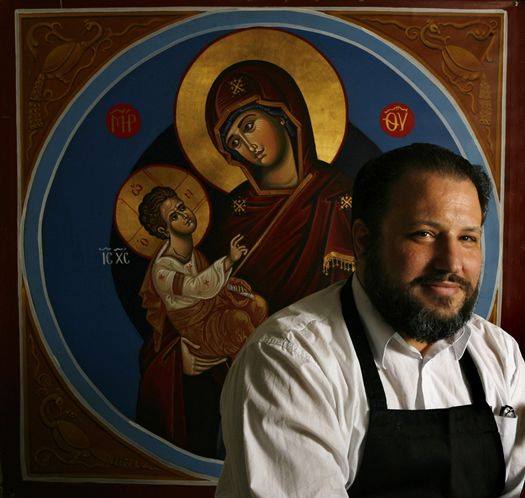

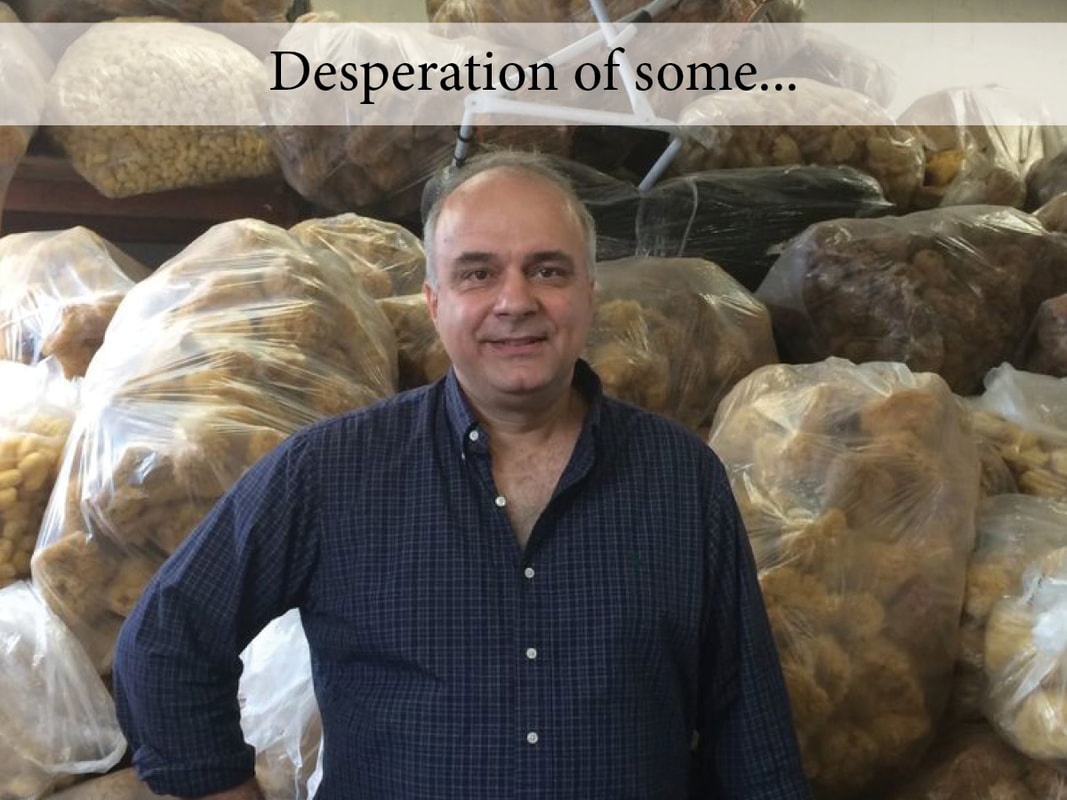
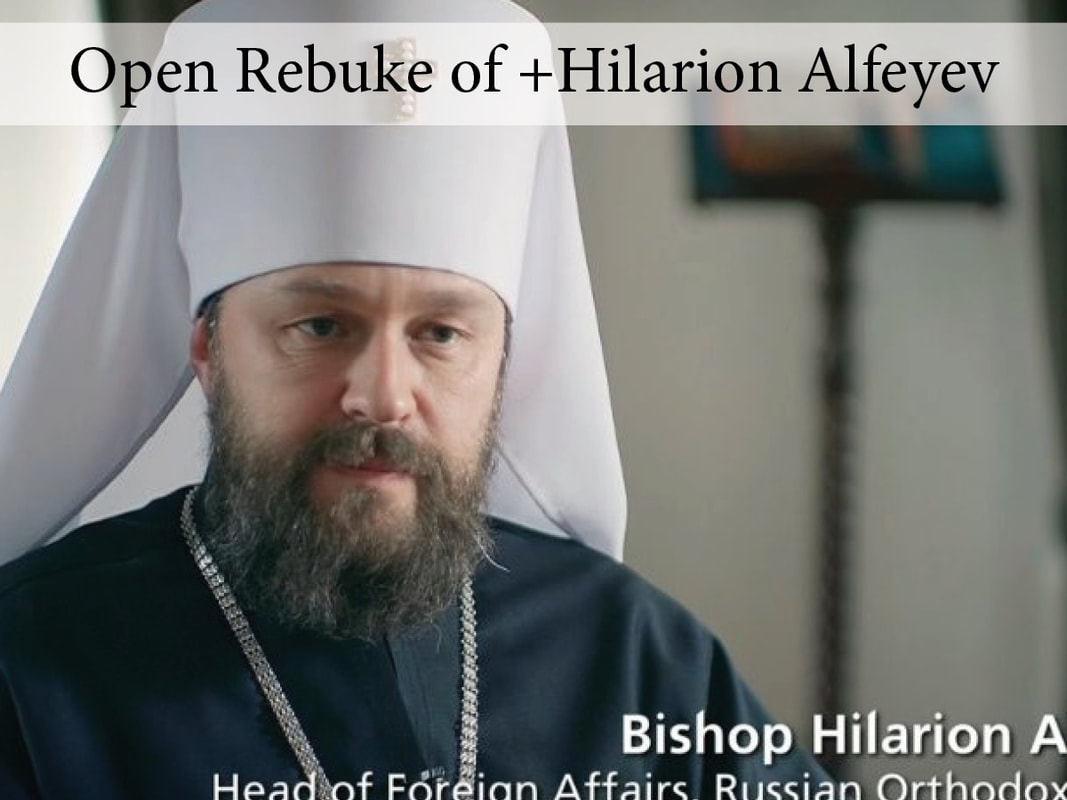
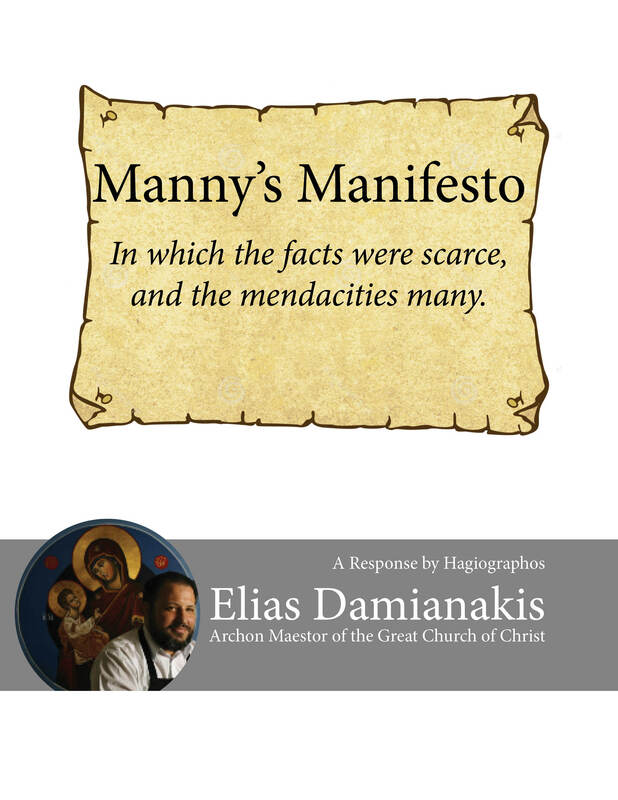
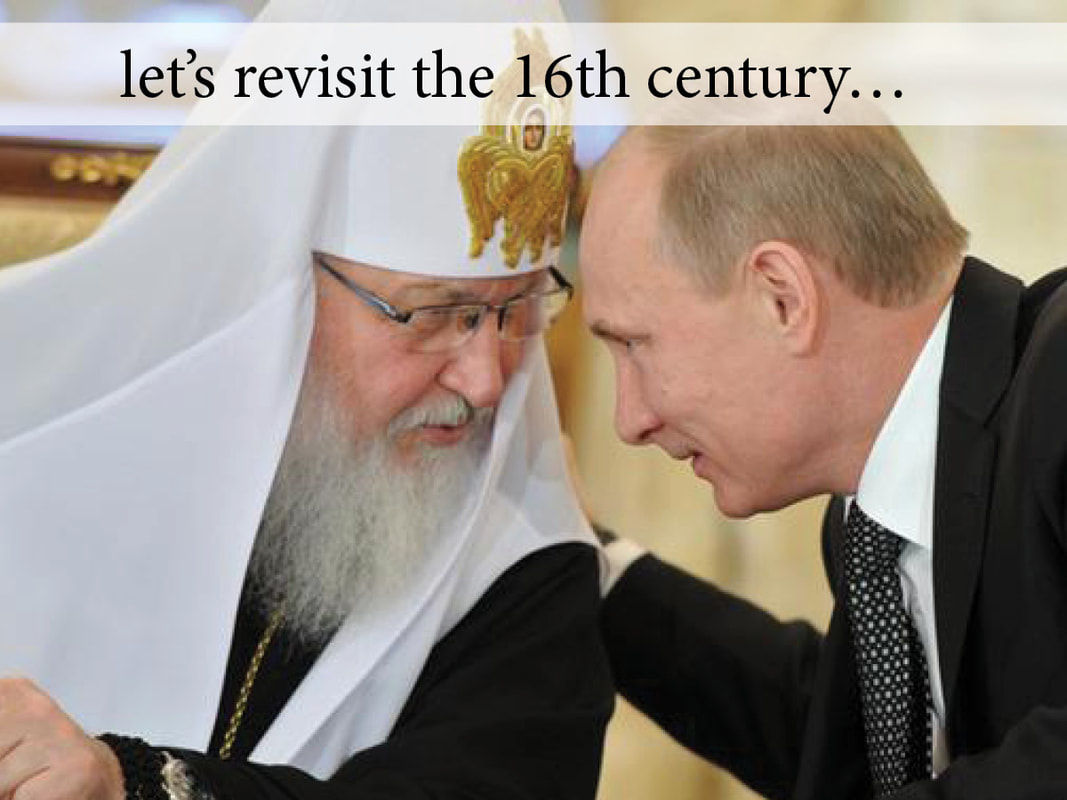

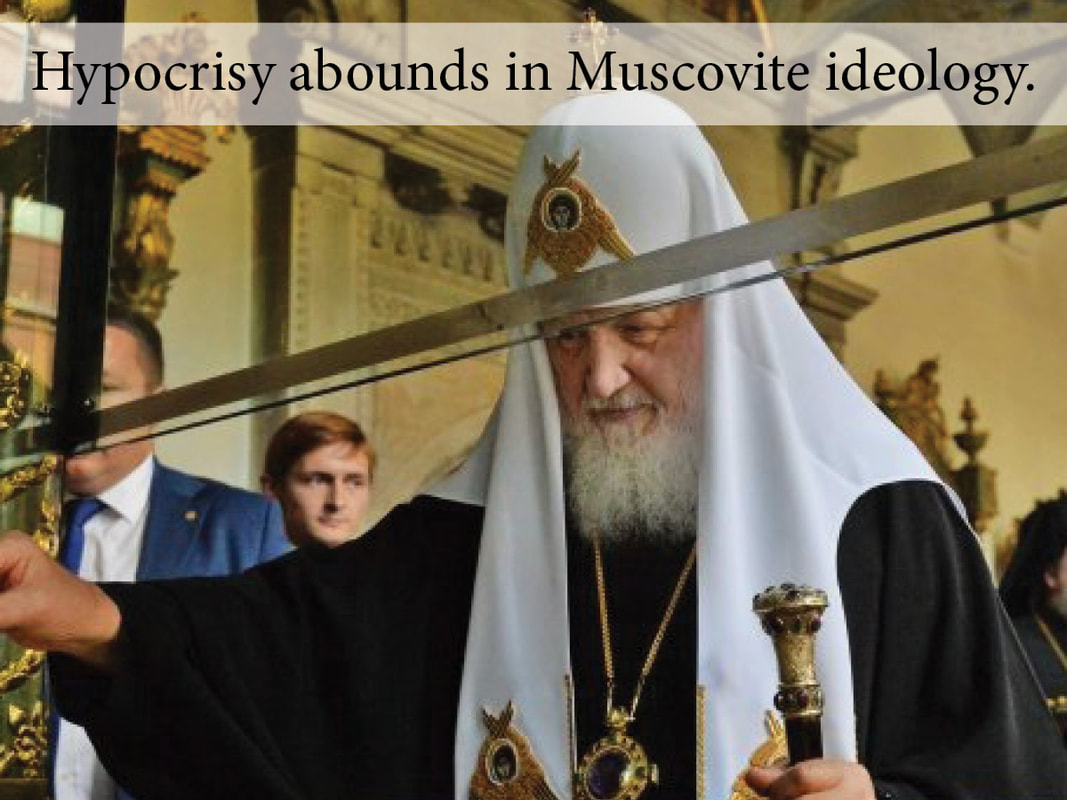
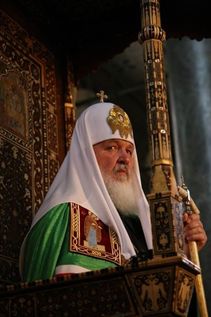
 RSS Feed
RSS Feed

